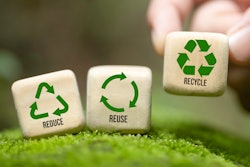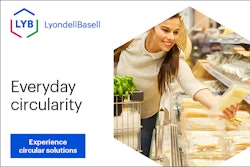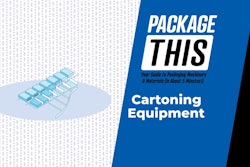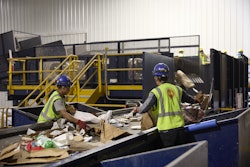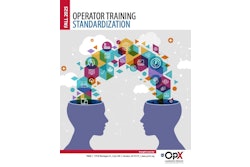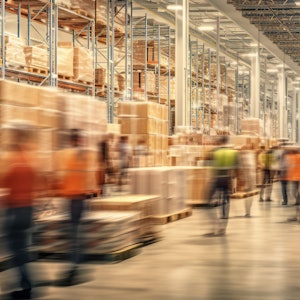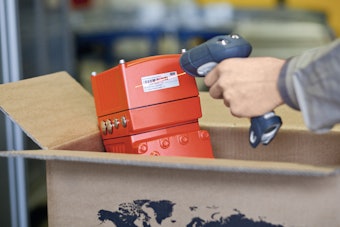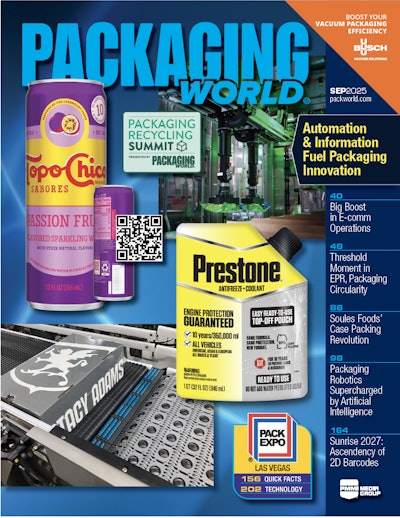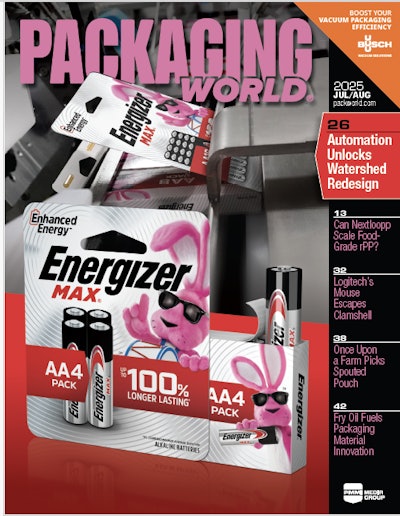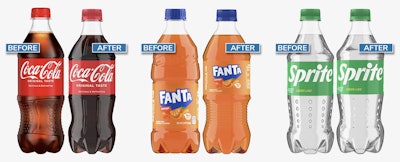
A new joint report from AMERIPEN, the Consumer Brands Association (CBA), and the Consumer Technology Association (CTA) finds that U.S. brand owners continue to make steady progress in reducing packaging weight. The study, produced by Smithers, estimates that industry-led efforts cut nearly 5 million metric tons of packaging between 2019 and 2024. This progress occurred even as online shopping expanded due to the Covid-19 pandemic and the U.S. population grew by nearly 10 million people, both of which increased overall demand for packaging.
The report explains that brand owners have spent more than 25 years refining packaging design to reduce material use while maintaining performance. Companies have approached source reduction as part of responsible product stewardship, often pairing it with efforts to improve efficiency, lower costs, and respond to growing expectations around sustainability.
This long-term commitment remains rooted in protecting consumers, a point highlighted by John Hewitt, CBA’s SVP of packaging and sustainability. “Consumers are at the heart of everything we do, and packaging is a critical piece of ensuring our industry’s products remain safe and accessible,” he says. “Packaging’s fundamental function is to protect the American consumer and the products they love. This report shows that our industry has made great strides in source reduction efforts. As we look to the future, continued progress must not come at the expense of consumer or product safety.”
Key takeaways
- Packaging volume in the U.S. fell from 88.4 million metric tons in 2019 to 83.5 million metric tons in 2024 despite growth in both population and e-commerce.
- Without industry initiatives, Smithers estimates that packaging volume would have climbed to 88.9 million metric tons by 2024.
- Lightweighting remains the most common reduction strategy, followed by redesigns, material shifts, and changes to product formats.
- Companies expect another 5 to 10% reduction to be feasible by 2029.
- Recyclability is now the top sustainability priority, creating new trade-offs for brands trying to minimize weight without sacrificing performance.
What the data shows
Smithers’ analysis shows that companies are investing more in how they measure and track packaging changes. Nearly 80% of surveyed brands track source reduction in some form, though fewer than half use automated systems. Many companies expect that expanded reporting requirements in some states will make detailed data collection increasingly important.
Lightweighting remains the foundation of many reduction efforts. Brands continue to trim bottle weights, modify film structures, and refine material choices to lower overall weight without affecting durability. The report highlights examples such as small reductions in rigid bottle weight, the use of lighter flexible materials, and shifts between materials when the change results in lower total packaging mass.
For example, Coca-Cola reduced the weight of its bottle from 21 g to 18.5 g for its 12-, 16.9, and 20-oz sizes—a 12% source reduction. That change is anticipated to reduce PET consumption by 3 megatons by 2025. This is the first update to Coca-Cola’s bottle design since 2006, which at the time was a reduction to 21 g from 27 g.
Redesigning product formats also contributes to reduction, although it accounts for a smaller share of total progress. This work often requires close coordination between product teams and packaging suppliers, which can lengthen development timelines. Companies are also making targeted adjustments to secondary packaging to reduce bulk while maintaining adequate protection during transport.
Tough trade-offs ahead
As packaging decisions become more complex, the report notes that recyclability now ranks as the top sustainability priority for both brands and packaging converters. New state policies reinforce this focus, yet higher levels of recycled content can add weight or require thicker materials to maintain performance. The study finds that these conditions sometimes run counter to reduction goals.
Interest in refillable and reusable packaging continues to rise, but many companies report significant hurdles. Brands cite supply chain challenges, contamination risks, and cost concerns. One food company reports “contamination uncertainties” when staff are asked to fill containers not supplied by the brand, while another points to two years of testing that found “no path to profitability.”
 Surveyed companies report that lightweighting is their most common source reduction strategy, followed closely by package redesign and changes in protective packaging. Lightweighting also receives the highest impact rating, with respondents identifying it as the most critical driver of overall packaging reduction, while redesigns and protective packaging changes play significant supporting roles.Smithers
Surveyed companies report that lightweighting is their most common source reduction strategy, followed closely by package redesign and changes in protective packaging. Lightweighting also receives the highest impact rating, with respondents identifying it as the most critical driver of overall packaging reduction, while redesigns and protective packaging changes play significant supporting roles.Smithers
These tensions reflect the broader balancing act described by Lynn Dyer, AMERIPEN’s executive director, who says, “Packaging is already being optimized to protect the product inside, while minimizing packaging costs. As we contemplate future optimization efforts, we must consider other sustainability goals and mandates like recyclability, increased recycled content usage and reduced greenhouse gas emissions. Failure to do so may result in unintended consequences for consumers and the planet.”
Looking toward 2029
Survey respondents anticipate that an additional 5 to 10% reduction may be achievable over the next five years, though they view deeper cuts as unlikely given current constraints. Smithers forecasts total packaging volume of 82 to 92 million metric tons by 2029 depending on population growth, economic trends, and rising e-commerce activity.
The report ultimately positions source reduction as an ongoing priority that intersects with recyclability, carbon goals, packaging performance, and consumer expectations. The findings suggest that companies are working to move forward thoughtfully as they adapt to new requirements and emerging challenges.
 Paperboard remains the dominant packaging material across all years shown, with Smithers projecting only modest shifts in the overall material mix through 2029. Total U.S. packaging volume is expected to fall within 82 to 92 megatons by 2029 as population growth, economic trends, and rising e-commerce continue to influence demand.Smithers
Paperboard remains the dominant packaging material across all years shown, with Smithers projecting only modest shifts in the overall material mix through 2029. Total U.S. packaging volume is expected to fall within 82 to 92 megatons by 2029 as population growth, economic trends, and rising e-commerce continue to influence demand.Smithers
Says Katie Reilly, VP, environmental affairs and industry sustainability for CTA, “Industry-focused innovation is driving real progress in packaging sustainability. Durable goods manufacturers recognize that source reduction is not just about sustainability—it’s about maintaining product integrity while innovating responsibly. This report reinforces that reduction goals must be balanced to protect products from breakage, serve customers and maintain our complex global supply chains.” PW



